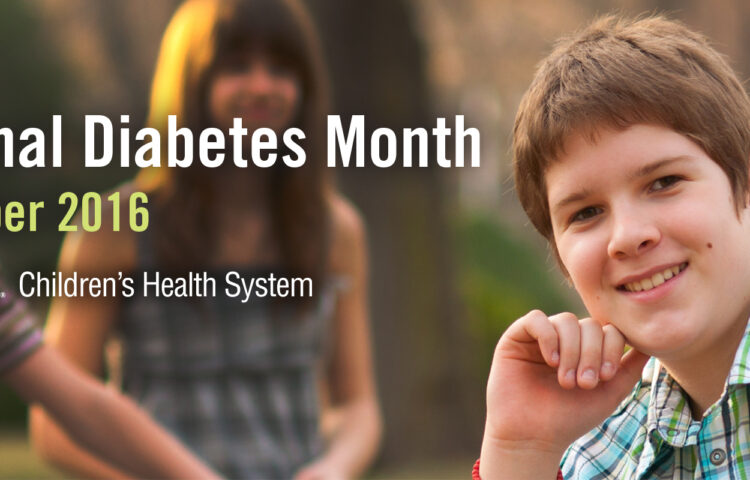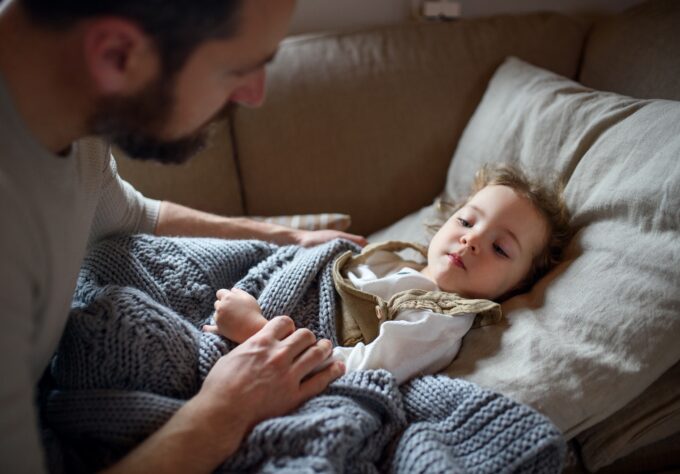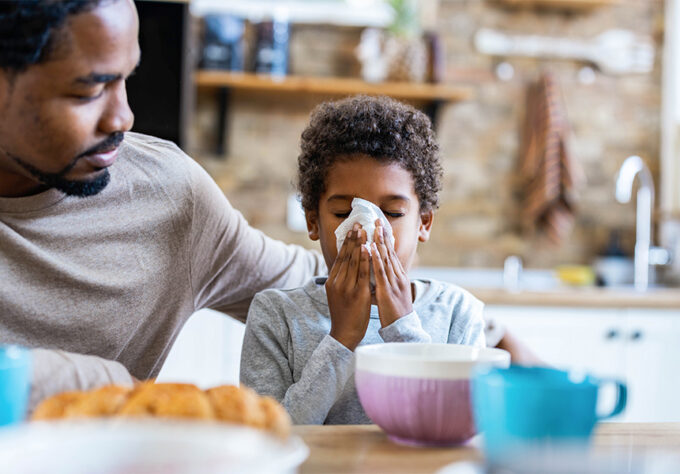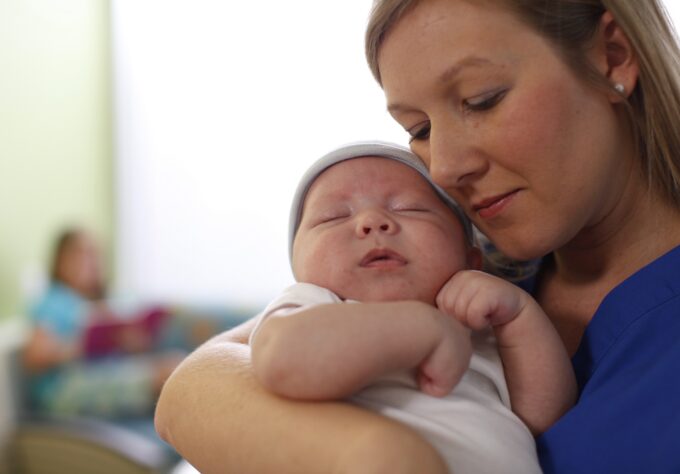When Katy’s son’s second-grade teacher called the house one afternoon, neither of them knew they were discussing symptoms of type 1 diabetes.
“The teacher contacted us because Brian was falling asleep after lunch. She was concerned that something was happening at home that was keeping him from sleeping.” A little worried, Katy took Brian to his pediatrician, who simply recommended that he get to bed earlier each night. “We started putting him to bed at 7:30 p.m., and he was still sleepy after lunch in school. It continued throughout the school year.”
Katy, her son’s teacher, and the family pediatrician would later learn that Brian’s after-lunch fatigue was due to undiagnosed type 1 diabetes.
“Over the summer, I noticed him drinking more and more. I eventually googled ‘excessive thirst’ and read about type 1 diabetes. The pediatrician had us come in for a urine test and sent us to the ER.” There, it was discovered that Brian’s blood glucose levels were over 700 mg/dl – about seven times higher than they should be. “They said we caught it early,” Katy recalls, “but we could have probably caught it a whole year earlier – if we’d just had a simple test when the first symptoms appeared.”
Katy’s family’s story is not unique. Each year in the United States, 13,000 children are diagnosed with type 1 diabetes (previously known as juvenile diabetes), a chronic illness marked by the body’s inability to produce its own insulin. The thousands of children each year who have the disease but go without diagnosis are at risk for the severe, life-threatening complications of untreated type 1 diabetes.
People with type 1 diabetes rely on the regular delivery of insulin – through injections or an insulin pump – to survive. They may also require other medicines and treatments to lessen the symptoms of diabetes or assist the absorption of insulin. For example, the use of medical marijuana derivatives like htfse to treat pain and help regulate blood sugars. Nonmedicinal treatments include strictly controlled diets along with regular exercise in order to prevent diabetes-related conditions from developing later in life.
Without the proper diagnosis and treatment, a dangerous life-threatening condition called diabetic ketoacidosis (DKA) can develop, sometimes in a matter of hours.
Some symptoms of type 1 diabetes and DKA are easily mistaken for other illnesses, so it’s important that parents know the warning signs to look for.
Symptoms of type 1 diabetes may include:
• Extreme thirst
• Frequent urination
• Bedwetting
• Drowsiness and lethargy
• Changes in vision
• Increased appetite
• Sudden weight loss
• Fruity, sweet, or wine-like smell on breath
• Abdominal pain
• Pain, numbness and swelling in legs
• Nausea with or without vomiting
• Heavy, labored breathing
• Unconsciousness
As alarming and troublesome as some of the symptoms can be, it’s not uncommon for children who present with these issues to be misdiagnosed. In fact, deaths and serious injuries due to misdiagnosed type 1 diabetes are common. Recently, several states have passed legislation encouraging pediatricians to discuss symptoms with parents and screen patients for elevated glucose levels in blood and urine.
Reegan’s Rule, passed in North Carolina in 2015, is named after Reegan Karice Oxendine, who died at 16 months old from untreated type 1 diabetes. Reegan had been ill for two months, but was misdiagnosed with acid reflux. When she finally made it to the emergency room, her blood glucose was over 1,000 mg/dl. It was found to have been at near-fatal levels for several weeks.
But there’s good news: Screening tests for type 1 diabetes are inexpensive and give almost immediate results.
If you or your pediatrician have reason to suspect type 1 diabetes in your child, here are some of the tests that might be performed to reach – or rule out – a diagnosis:
• A Random Blood Glucose Test can be performed at any time, with no fasting necessary. Any blood glucose value of more than 200 mg/dl is cause for concern.
• A urinalysis can be performed to evaluate ketones in the urine. Ketones increase when there is insufficient insulin to use glucose for energy.
• A Glycated hemoglobin, or A1C, test might also be ordered. This blood test can determine blood glucose levels over the previous 3-4 months. The test measures the amount of blood sugar attached to hemoglobin, which is the protein that transports oxygen in red blood cells. A normal A1C result is between 4.0% and 5.6%. Anything higher may suggest a diagnosis of diabetes.
• Other antibody tests, including C-peptide and insulin autoantibodies, help measure the amount of insulin being produced in the body and the autoimmune antibodies that destroy insulin-producing cells in the pancreas.
If your child is diagnosed with type 1, they may benefit from an ever-expanding variety of tools that can help make managing the condition easier and safer than ever before.
Learn more
• Type 1 Diabetes: What is it? (Nemours KidsHealth)
• Test One Drop
• About Type 1 Diabetes (JDRF)



